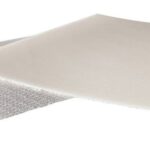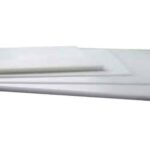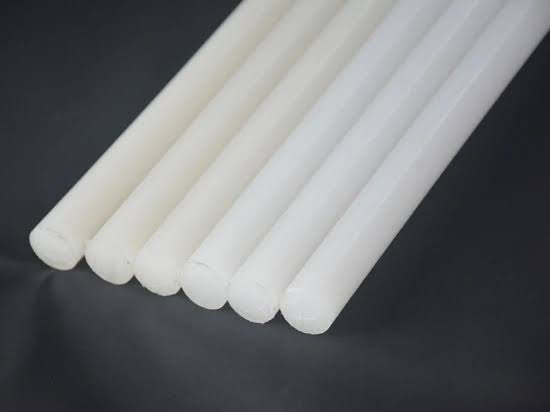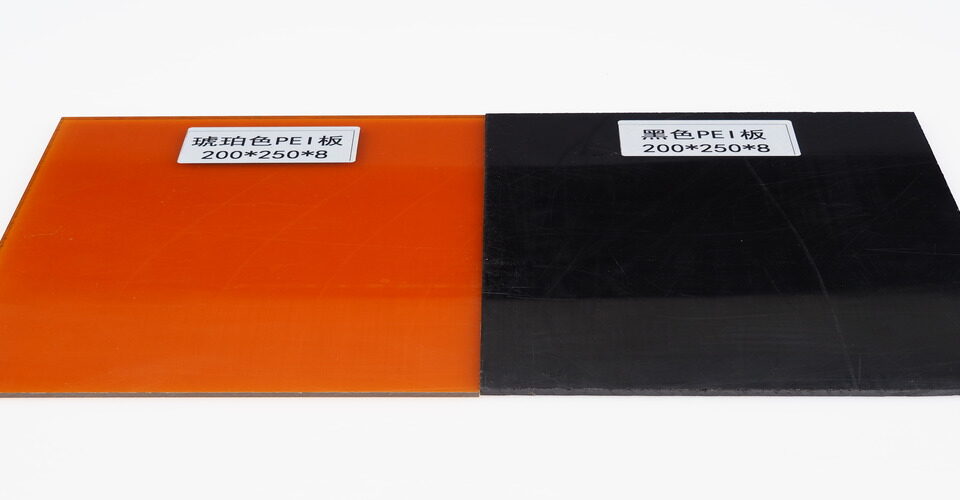
How PFA used?
January 8, 2025
How is PTFE manufactured?
January 8, 2025When selecting tubing materials for specific applications, it’s essential to understand the differences between various types, such as PFA (Perfluoroalkoxy) and PVDF (Polyvinylidene Fluoride). Both materials offer distinct advantages depending on the intended use.
Chemical Resistance
One of the primary differences between PFA and PVDF tubing lies in their chemical resistance. PFA has superior resistance to a broader range of chemicals, including acids, bases, and solvents. This makes it suitable for use in industries like pharmaceuticals, biotechnology, and chemical processing. In comparison, PVDF, while also chemically resistant, does not perform as well as PFA in certain harsh environments but is still highly resistant to most acids and bases.

Temperature Tolerance
PFA tubing can withstand higher temperatures, typically ranging from -200°C to +260°C, making it more suitable for extreme temperature conditions. PVDF, on the other hand, has a slightly lower temperature tolerance, generally between -40°C and +150°C. Thus, for high-temperature applications, PFA is the preferred material.
Flexibility and Strength
PVDF tubing is generally more flexible and easier to handle than PFA. It offers good tensile strength, making it ideal for applications requiring flexibility and mechanical durability. PFA tubing, while also durable, is stiffer and can be more challenging to install in tight spaces.
Cost
PFA tubing tends to be more expensive than PVDF tubing due to its higher performance and broader chemical resistance. PVDF offers a more cost-effective option while still providing excellent resistance and durability in less extreme conditions.
Conclusion
Both PFA and PVDF tubing have unique properties that make them suitable for different applications. When choosing between the two, it’s essential to consider factors like chemical resistance, temperature tolerance, flexibility, and cost.






